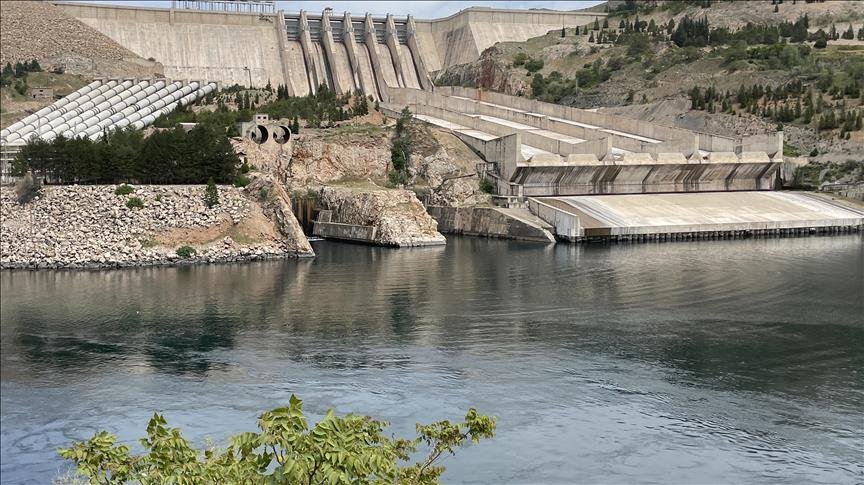Turkey has expanded its hydropower capacity by 241 megawatts (MW) in 2024, making it the largest increase in Europe, according to a recent report from the International Hydropower Association (IHA). This development is part of Turkey’s ongoing strategy to reduce dependency on foreign energy sources and bolster its renewable energy output.
Globally, hydropower remains the leading source of renewable electricity, contributing 14.3% of total power generation. In 2023, worldwide hydropower capacity grew to 1,443 gigawatts (GW), with a total increase of 24.6 GW that included 16.2 GW from conventional hydropower and 8.4 GW from pumped storage. Pumped storage capacity alone reached 189 GW globally.
In East Asia and the Pacific, hydropower facilities generated 1,804 terawatt-hours (TWh) of electricity last year, with an addition of 15 GW in new capacity, which included 8 GW from pumped storage. Africa produced 167 TWh from hydropower, adding 4,507 MW of new capacity, with 349 MW from pumped storage, bringing the continent’s total to 47 GW.
Europe generated 680 TWh from hydropower and increased its capacity by 544 MW, including 187 MW from pumped storage, for a total of 263 GW. Among European nations, Turkey’s addition of 241 MW outpaced contributions from Portugal (160 MW), Austria (118 MW), and Germany (63 MW).
Turkey’s commitment to hydropower stems from its energy policy established over the past two decades, which emphasizes domestic resource utilization. The government supports the development of new hydropower facilities, which align with its climate goals and aim to increase the share of renewables in the energy mix. Currently, Turkey has nearly 600 MW of conventional hydropower projects under construction, reflecting ongoing investment in this sector.
The focus on hydropower positions Turkey as a leader in renewable energy growth in Europe, with ample opportunities for further development in both new projects and the expansion of existing facilities.




